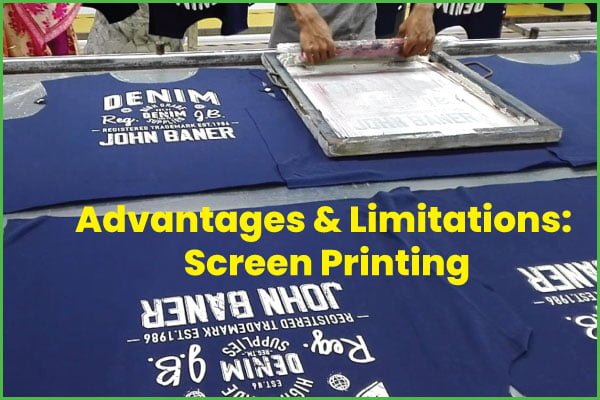In 2 Minutes I will give you the Truth about Discharge Printing
In addition to the straightforward application of dye, textile printing offers the designer certain styles that can be used to obtain aesthetic effects. Discharge-printing, for example, can provide intricate printed patterns on a colored background ….. Read More






